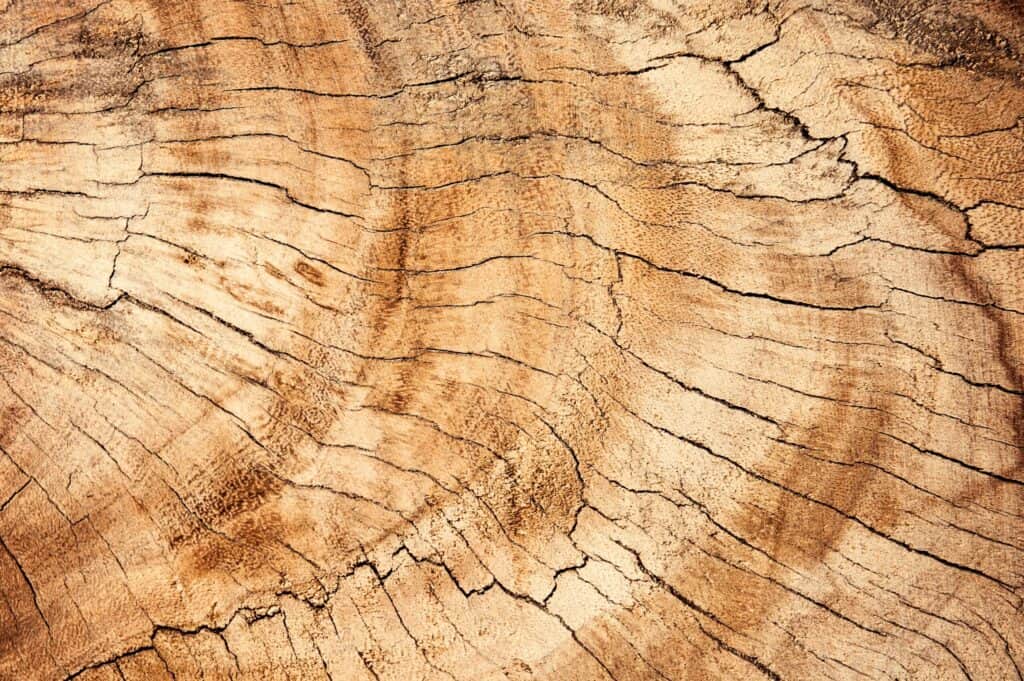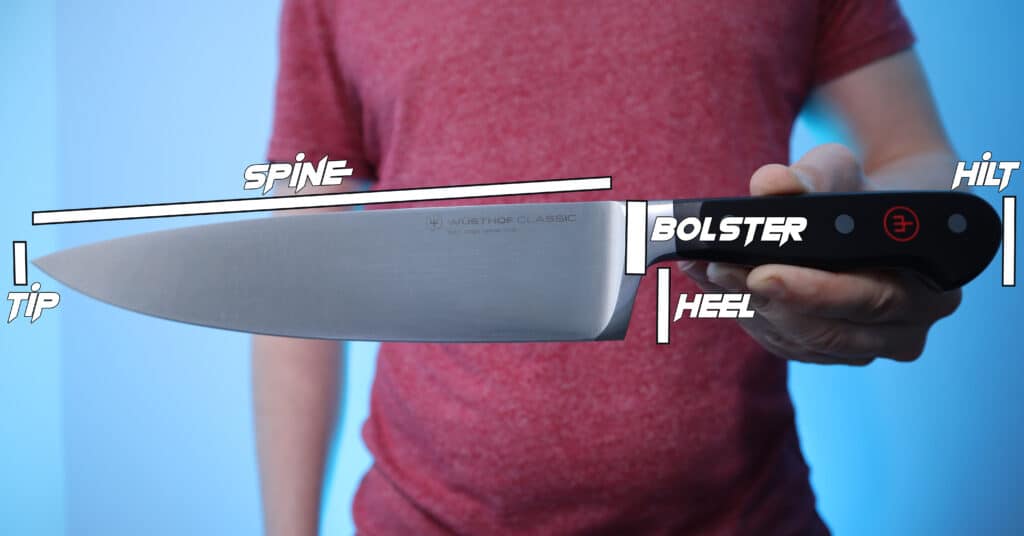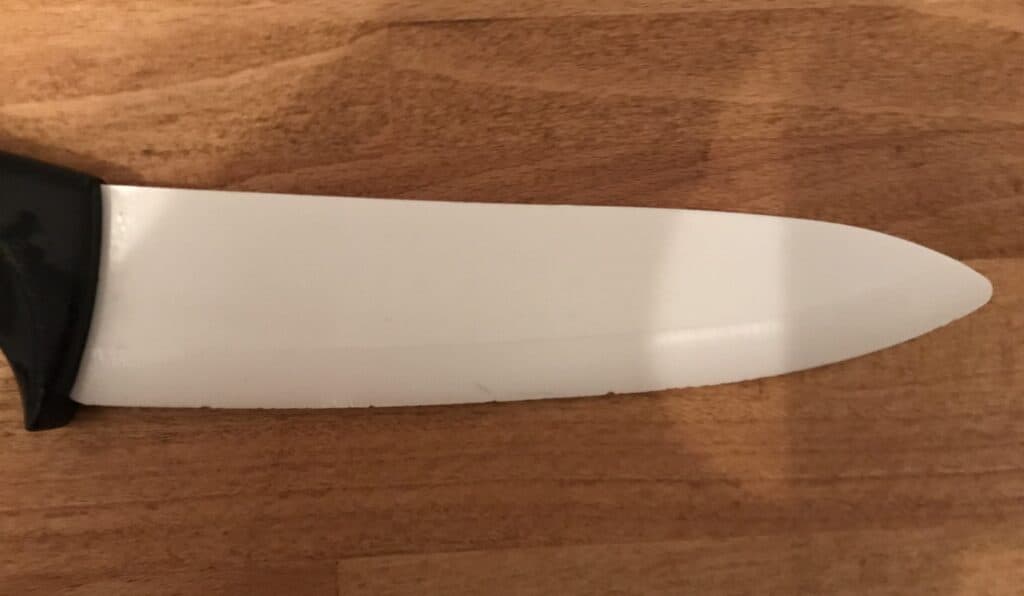
Cutting boards come in a huge variety of materials. Each has slightly different properties and very different price tags.
Many people look for more than just practically alone when it comes to cutting boards. They are often a style item, an accessory that helps to improve the look of a kitchen.
Therefore; more and more people look to high-end cutting boards made from quality products.
These boards not only look the part, but they can often help to retain a sharp edge on a knife. One material that’s becoming very popular is oak cutting boards.
So, is oak a good material for cutting boards?
Oak is generally regarded as a good material for cutting boards. Oak is a hardwood so can withstand the slicing effect of a knife. However; some people regard the large pores found on oak wood as a trap for bacteria growth. Whilst this is potentially true, it can be easily counteracted by sealing and thoroughly washing an oak cutting board on a frequent basis.
How do you seal an oak cutting board?
An important step of owning any decent wooden cutting board is that from time to time you will need to seal the surface.
This helps to prevent anything penetrating into the wood which can cause staining, but also harbor the growth of bacteria.
It’s much the same principle as sealing a wooden kitchen work-top and is pretty easy to do. As long as you have a small tub of an adequate sealant in your house you can easily seal a cutting board in just a matter of minutes.
Any sealer will wear off after a while so re-sealing will be necessary, you can usually see this happening as the color of the wood will begin to fade.
To seal you will need a suitable oil, such as a linseed or walnut oil. These will usually add their own color tint to the wood which should be displayed on the packaging.
Use a lint-free cloth to apply the oil to the cutting board, move in circular motions along the board until the oil has been evenly applied and allow the oil to soak in and dry.
It’s a quick process and if you repeat this every 2-3 months then your cutting board should stay very resistant to any penetrating moisture.
What is the best finish for a cutting board?
Unlike some oils you might use on surfaces like a kitchen worktop, oil used for cutting boards is often colorless.
So applying a cutting board oil shouldn’t change the tint of your board, therefore all you need to look for is a quality oil that’s easy to apply and provides plenty of moisture resistance.
This food grade mineral oil from Howard Products is ideal. It’s colorless and odorless and provides extremely good resistance to any moisture penetration. It’s also very reasonably priced.

View Howard cutting board oil on Amazon (opens new tab)
What is the best grain for an oak cutting board?
When it comes to any type of wooden cutting board there are three types of grain you can get.
The face grain – the least quality and most prone to deforming
The edge grain – the mid quality of the three
The end grain – the highest quality often used in butchers blocks
Generally, the standard of the grain will fall in line with the price. Face grain cutting boards are the cheapest whilst end grain cutting boards are the most expensive.
For cheap woods like bamboo, face grain cutting boards can offer a cheap and reliable option.
However; when it comes to more expensive timbers, like oak, choosing a face grain product is not very cost effective. They are more likely to deform and more easily blunt your knife, and since you’re already paying a premium for quality timber it’s not really worth it.
I would recommend at least an edge grain cutting board for oak, just don’t waste your time with face grain. But realistically, if you’re after a quality cutting board, end grain is the way to go.
End grain cutting boards are by far the best option. They are very tough and unlikely to deform very easily, but more importantly their very composition is actually much better for the blade of your knife.
When you look down on an end grain cutting board you are looking at the vertical grain of the fibers.
It’s a bit like looking down on a very condensely packed bunch of brush bristles. When your knife blade hits the board the bristles move apart, giving way to the blade. Once the blade is lifted the tickly packed ‘bristles’ of the wood grain move back in place.
That means end grain boards are much easier on the blade and so your knife will retain its edge for far longer.
Of course, it’s all happening at a very small level so you can’t really see this happening with the naked eye, but end grain cutting boards are far more gentle on the blade edge than any other grain type.
I’ve given my recommendations for oak cutting boards to buy below.
How to wash an oak cutting board
With any wooden cutting board you should be relatively gentle when washing.
Never use a dishwasher, the heat can warp the wood, especially if it’s a cheaper face grain cutting board (although I would always recommend buying an end grain for oak boards).
If you treat your board with a good sealing oil every 2-3 months that should help to prevent any serious staining from occurring.
The cleaning is relatively easy. Just use soap, a cloth and warm water to wipe down the board. If any stains have penetrated the surface then give that area a particularly good scrub in a circular motion.
Make sure to wipe the cutting board dry after washing. If the stain doesn’t come out in the first try you should wipe it down dry and then try again. Repeat until the stain is removed.
Never leave a wooden cutting board to soak in soapy water. This can lead to warping and the wood could even begin to rot.
My oak cutting board recommendation
For a good quality oak cutting board you can’t go far wrong with this end grain board from TPA Wood.
It’s a hard wearing board and a handy size at 16 x 12 inches. The finish is very attractive and being an end grain board it’ll be gentle on your knife blades whilst retaining its strength.
It’s got that nice chunky feel with handle grooves on the underside making it easy to carry food from the kitchen worktop to your stove.
The underside of the board also has four little non-slip silicone feet to keep it steady whilst chopping.
It’s a study, attractive board that you can pick up for a very reasonable price.


